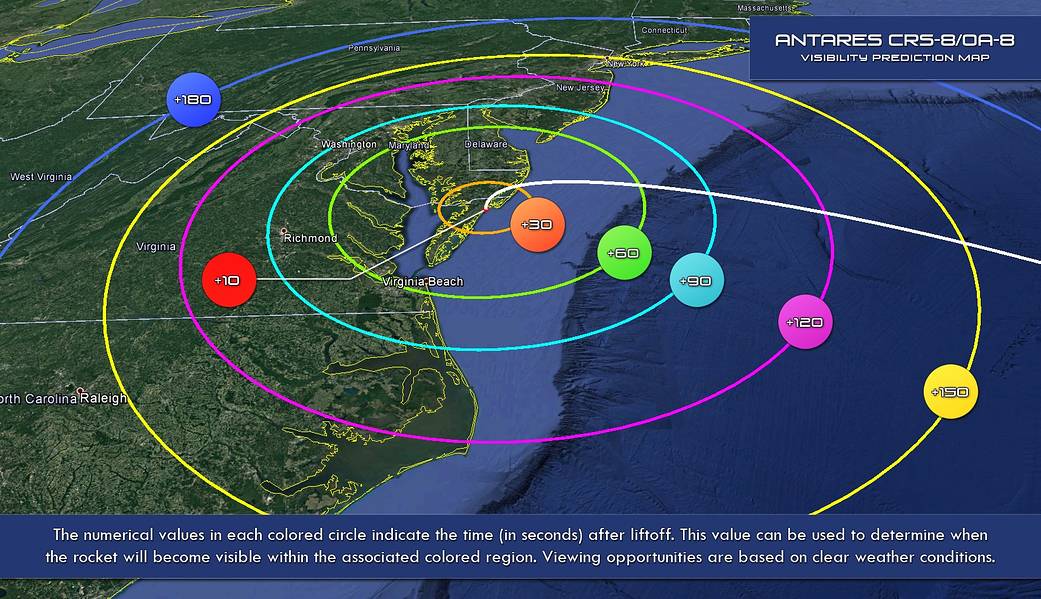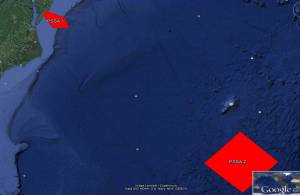
A wayward plane that failed to make radio contact with mission staff at NASA Wallops Flight Facility is responsible for today’s scrub of an Orbital ATK Antares rocket. By flying dangerously close to the launch pad despite the FAA publicized no-fly declared restricted area, the wayward plane forced Orbital ATK to stop the countdown clock with roughly 60 seconds to go. With no time to re-set things within the 5-minute window, Orbital ATK opted to scrub the launch and reschedule for tomorrow, Sunday, November 12. According to sources at Orbital ATK, the wayward plane was just over 5 miles off-shore at an altitude of less than 500 feet over the water.

As long as no wayward planes or boats enter restricted space, Orbital ATK should have a successful flight on Sunday at 7:14am ET from the Virginia coast space port. The health of their Antares rocket and the Cygnus cargo craft it is sending to space were both reported to be fine at an after-scrub briefing hosted by Orbital ATK and NASA this morning. Weather should also cooperate; while today’s frigid weather was 95% go, Sunday’s is 90% go which means there’s only a 10% chance that weather would actually interfere with the mission. Also better news for those planning to view the launch: temperatures will be much warmer Sunday morning than they were on Saturday morning across the viewable area in the Mid Atlantic. Even though it’s launching a few minutes earlier than today’s attempt, temperatures at launch time near the pad should be 5-10 degrees warmer on Sunday than Saturday with lower winds, resulting in higher apparent temperatures.

The Wallops Flight Facility has had run-ins with other wayward craft over the years. Many were upset this summer when a wayward boat interfered with another noteworthy mission, forcing a scrub then. Authorities issue advisories to pilots and boaters that they should check out prior to every departure. Intruding into these no-fly zones can be extremely dangerous and extremely expensive.
The Orbital ATK Antares rocket is flying their Cygnus cargo craft to the International Space Station with more than 7,000 pounds of food, supplies, and science. The journey from launch pad to it’s placement in orbit is only about 9 minutes. In less than 2 days, it’ll be mounted to the International Space Station and be unpacked.